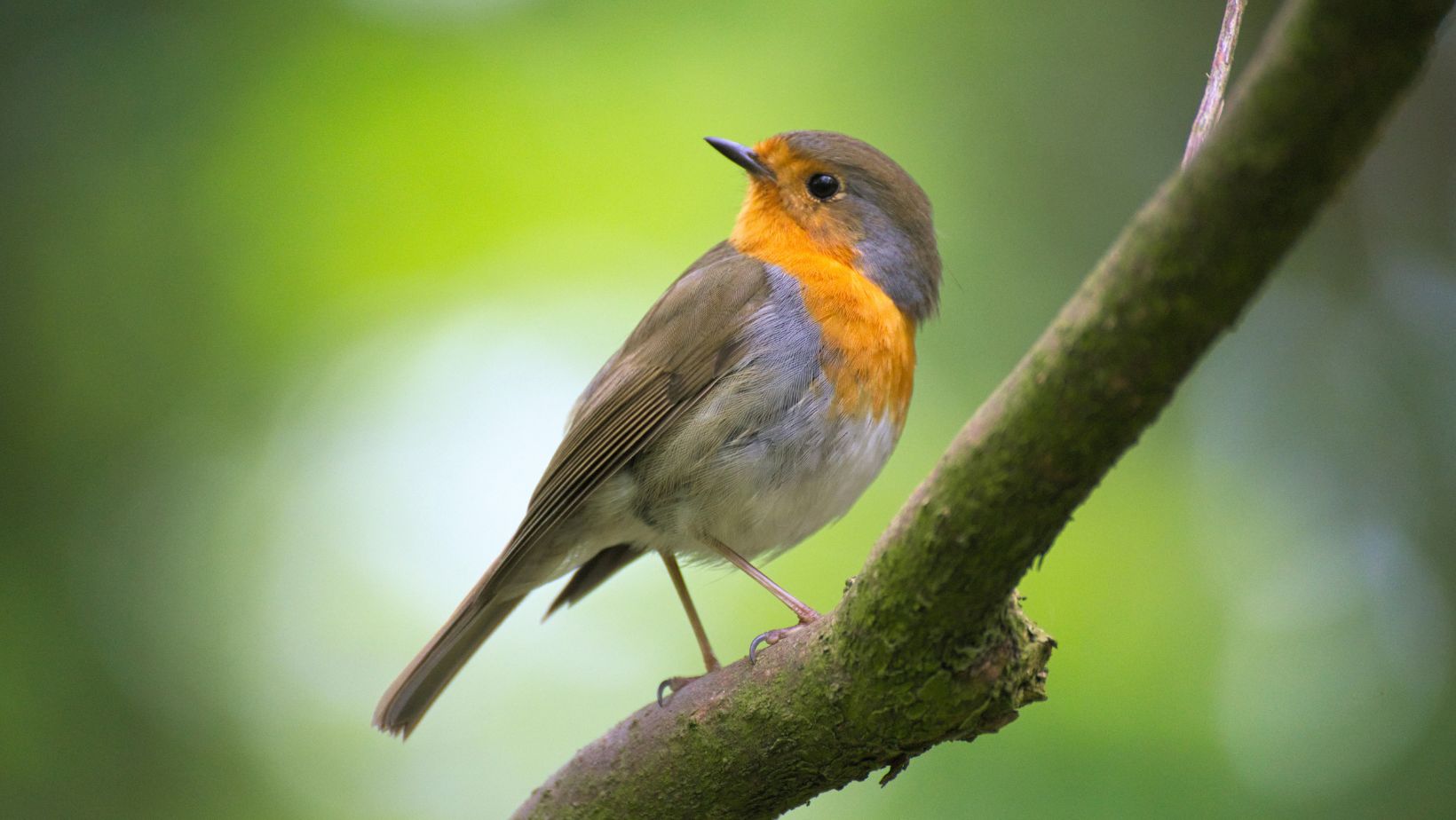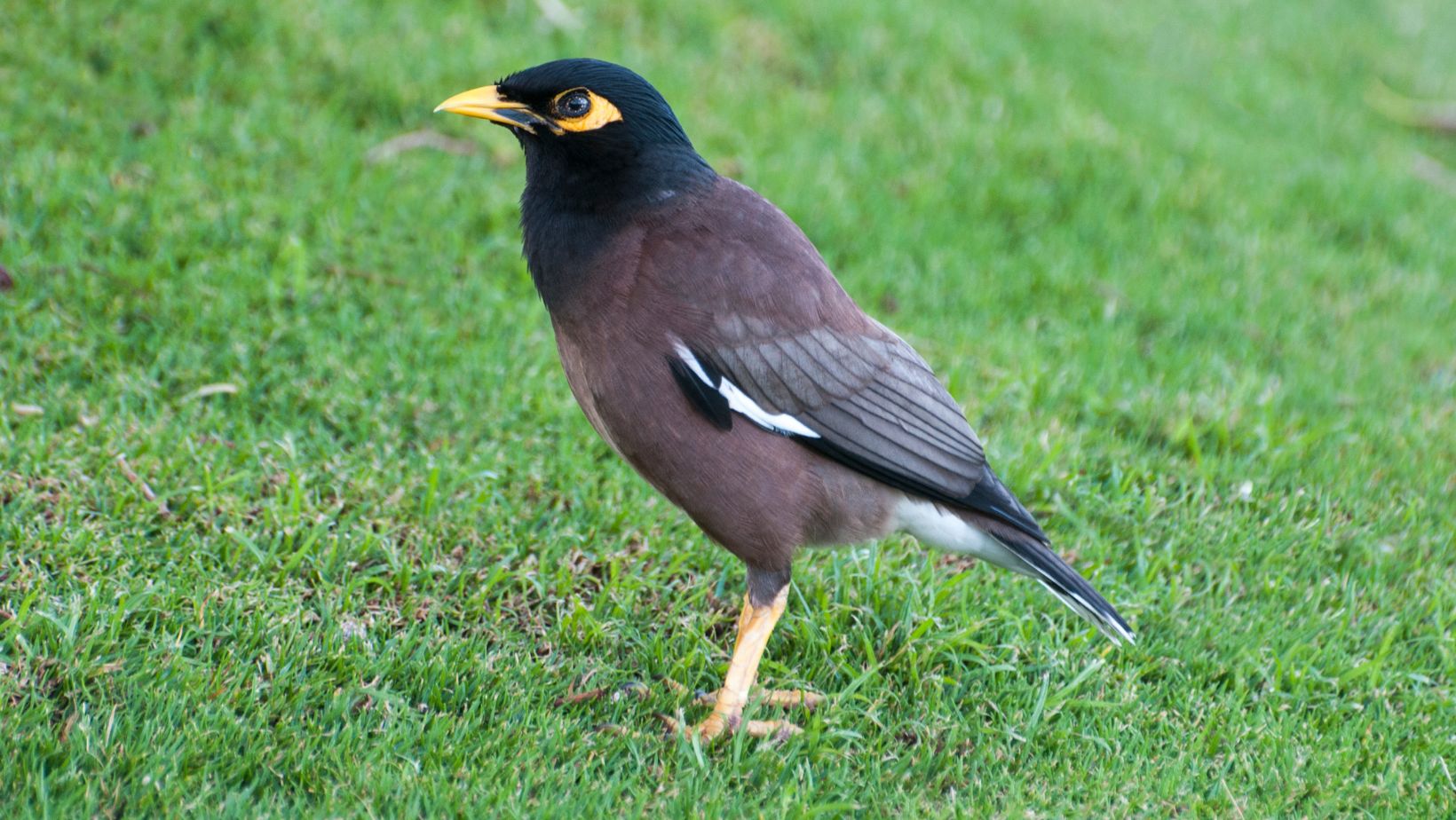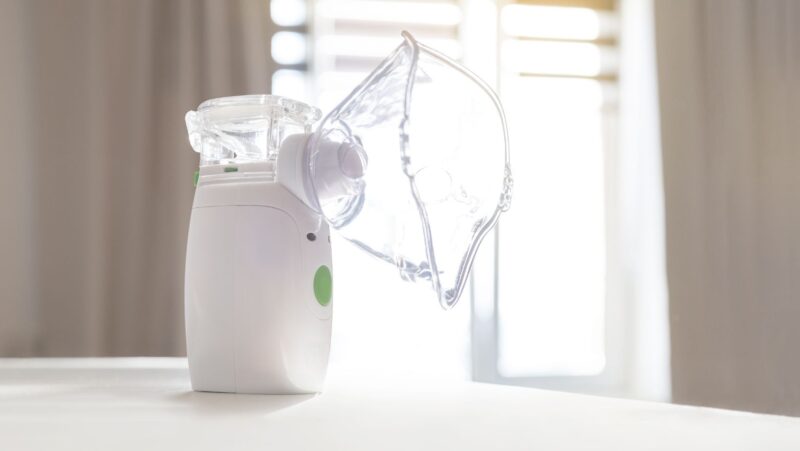
Birds can pose significant challenges to hospital environments, potentially compromising patient safety and facility integrity. These avian intruders may introduce harmful pathogens, cause structural damage, and create unsanitary conditions that undermine the sterile setting crucial for healthcare operations. The presence of birds in and around hospitals necessitates effective prevention strategies to maintain a clean and safe environment for patients, staff, and visitors.
Hospitals face unique risks from bird infestations, including the spread of diseases through droppings and feathers, contamination of food preparation areas, and damage to building exteriors and equipment. Bird control methods for hospital facilities by OvoControl offer solutions to mitigate these risks, focusing on humane and environmentally friendly approaches to bird management. Implementing a comprehensive bird prevention plan is essential for healthcare facilities to protect their infrastructure, reputation, and most importantly, the well-being of those they serve.
Key Takeaways
- Birds in hospitals can introduce pathogens and compromise sanitation
- Effective prevention strategies are crucial for maintaining a safe healthcare environment
- Comprehensive bird control plans protect hospital infrastructure and patient well-being
Impact of Bird Presence in Hospital Settings
Birds in hospital environments pose significant risks to health, infrastructure, and overall operations. Their presence can lead to disease transmission, property damage, and disruption of the delicate hospital ecosystem.
Health Risks Associated with Avian Species
Avian species can carry and transmit various pathogens that pose serious health risks in hospital settings. Birds may harbor bacteria like Salmonella and E. coli, as well as fungi such as Cryptococcus. These microorganisms can spread through bird droppings, feathers, and nesting materials.
Fecal contamination is a particular concern. Bird feces can accumulate on walkways, entrances, and ventilation systems, increasing the risk of pathogen exposure for patients, staff, and visitors.
Airborne particles from dried bird droppings can also carry harmful spores. When inhaled, these spores may cause respiratory infections, especially in immunocompromised patients.
Financial and Physical Damages Incurred
Birds can cause substantial financial and physical damage to hospital infrastructure. Their acidic droppings can corrode building materials, including metal, stone, and painted surfaces. This corrosion may lead to costly repairs and maintenance.
Nesting materials can clog gutters and drains, potentially causing water damage and leaks. Birds may also damage roofing materials while searching for nesting sites.
Equipment such as HVAC systems and solar panels can be affected by bird activity. Nests and droppings can reduce efficiency and necessitate frequent cleaning or replacement.
The presence of birds often requires hospitals to invest in pest control measures, including repellents and physical barriers. These ongoing costs can strain hospital budgets.
Influence on Hospital Ecosystem and Biodiversity
While birds contribute to biodiversity, their unchecked presence in hospital environments can disrupt the local ecosystem. Large bird populations may deter other beneficial species from the area.
Excessive bird droppings can alter soil chemistry in landscaped areas, affecting plant growth and potentially harming native vegetation.
Noise from bird calls and activities can disturb patients, interfering with rest and recovery. This auditory disruption may negatively impact the healing environment hospitals strive to maintain.
Some bird control methods, such as pesticides, may have unintended consequences on local wildlife and insects. Hospitals must balance pest management with preserving ecosystem services and biodiversity.
Prevention and Mitigation Strategies
Implementing effective measures to prevent and mitigate bird-related issues in hospital environments is crucial for maintaining safety and hygiene standards. These strategies encompass a range of approaches, from physical barriers to innovative technologies and collaborative efforts.
Effective Bird Deterrence and Exclusion Methods
Netting and exclusion techniques serve as primary defenses against bird intrusions. Durable mesh netting installed over openings and potential roosting areas creates a physical barrier that prevents birds from accessing sensitive areas. Exclusion devices like bird spikes and wire coils deter perching on ledges and windowsills.
Visual deterrents such as reflective tape and predator decoys can be effective for some bird species. Sonic devices emitting distress calls or predator sounds offer another layer of protection. For larger open spaces, trained birds of prey can be employed to naturally discourage pest birds from the area.
Regular cleaning and maintenance of building exteriors reduce attractive nesting sites and food sources. Proper waste management practices, including sealed containers and frequent removal, discourage scavenging behavior.
Advancements in Bird Management Techniques
Modern bird management incorporates technology-driven solutions. Laser systems create moving light patterns that birds perceive as threats, effectively repelling them from protected areas. These systems can be programmed to cover large spaces automatically.
Ultrasonic devices emit high-frequency sounds that irritate birds without disturbing humans. Some models use AI to detect bird presence and activate deterrents selectively, conserving energy and reducing habituation.
Eco-friendly chemical repellents applied to surfaces create unpleasant sensations for birds upon contact. These non-toxic formulations discourage roosting and nesting without harming the birds or the environment.
Drone technology is emerging as a tool for bird control, with automated systems patrolling designated areas to scare away unwanted avian visitors. This method is particularly useful for large outdoor spaces around hospital complexes.
Collaborations for Sustainable and Integrated Solutions
Partnering with wildlife biologists and pest management professionals enhances the effectiveness of bird control strategies. These experts conduct site-specific ecological analyses to identify problem species and tailor interventions accordingly.
Integrated pest management (IPM) approaches combine multiple techniques for comprehensive bird control. This may include habitat modification, exclusion methods, and strategic use of deterrents based on bird behavior patterns.
Hospitals can collaborate with local authorities and conservation groups to address broader ecological factors influencing bird populations. This might involve managing nearby habitats or implementing regional strategies to redirect problematic species away from urban areas.
Research partnerships with universities can lead to innovative solutions and fill knowledge gaps in urban bird management. Such collaborations often result in more sustainable and scientifically-backed control methods tailored to specific hospital environments.
Conclusion
Birds pose significant risks to hospital environments through disease transmission, property damage, and safety hazards. Implementing proactive prevention strategies is crucial for maintaining a safe and hygienic healthcare facility. Effective bird control methods include physical barriers, visual deterrents, sound devices, and habitat modification. Regular monitoring and maintenance of these systems, combined with staff education, form a comprehensive approach to mitigating bird-related issues in hospitals.














